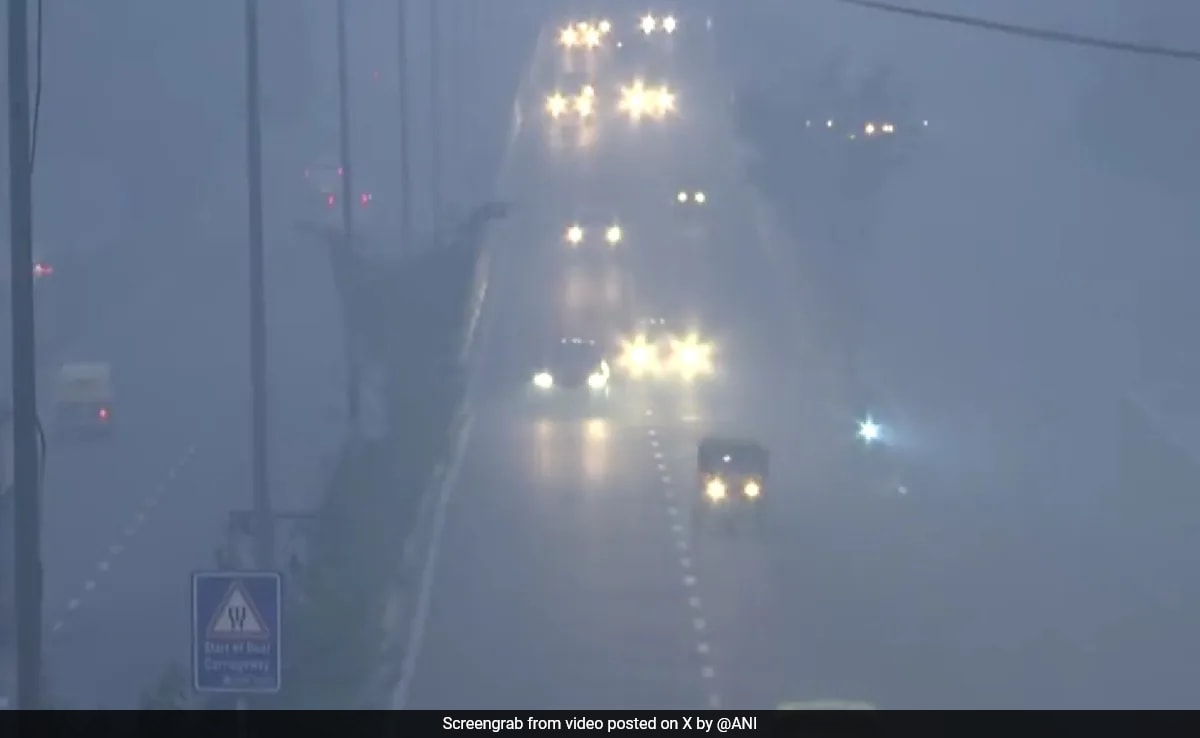
A toxic smog blankets the city that reduces visibility and raises health concerns.
New Delhi:
The air quality remains ‘severe’ at most places in Delhi as the pollution crisis returned to the national capital following Diwali, wiping out the improvements recorded due to rain last week.
A toxic smog blankets the city that reduces visibility and raises health concerns for all age groups, with rain remaining elusive since Diwali in the National Capital Region. Fireworks, one of the causes behind pollution along with stubble burning and vehicular emissions, continue in violation of a court ban.
#WATCH | Air quality across Delhi continues to be in the ‘Severe’ category as per the Central Pollution Control Board (CPCB).
(Visuals from IIT Delhi, shot at 6:30 am) pic.twitter.com/AxgNPrXBOv
— ANI (@ANI) November 15, 2023
The average air quality index (AQI), which measures pollution in the air, was recorded in the ‘severe’ category in most places in the city this morning, according to the Central Pollution Control Board.
The AQI was recorded at 417 in RK Puram, 430 in Anand Vihar, 403 at IGI airport, 430 in Narela, and 423 in Punjabi Bagh, showed data recorded by the CPCB at 6 am.
An AQI between zero and 50 is considered “good”, 51 and 100 “satisfactory”, 101 and 200 “moderate”, 201 and 300 “poor”, 301 and 400 “very poor”, and 401 and 500 “severe”.
While an AQI level of 400-500 impacts healthy people and seriously impacts those with existing diseases, an AQI level of 301-400 causes respiratory illness on prolonged exposure. An AQI level of 201-300 and 150-200 may bring discomfort to people with lungs, asthma, and heart diseases.
Air quality in Delhi and other parts of north India deteriorates every year ahead of winter when cold air traps pollutants from vehicles, industry, construction dust, and stubble burning.
The city was cloaked in a thick blanket of smog with severe pollution levels for a week since October 28, prompting the government to shut schools and ban diesel trucks. Rain last week provided some respite but the improvement was wiped out as the smoke from firecrackers on Diwali added to the air pollution due to stubble burning in north India.








